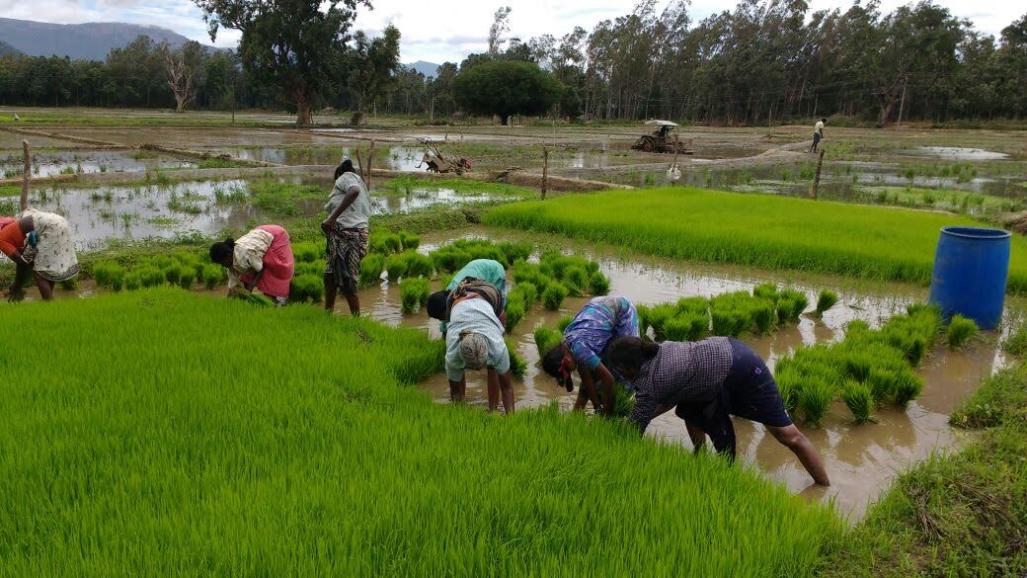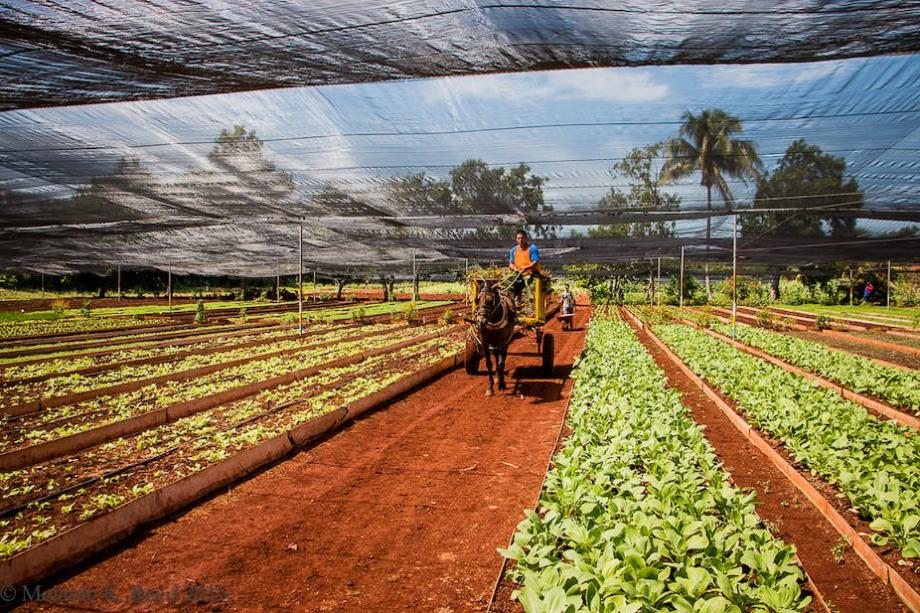What Are the Future Prospects for Satellite Data in Agriculture?
Satellite data has revolutionized the way we manage and monitor agricultural operations. From crop monitoring to yield prediction, satellite data provides valuable insights that help farmers make informed decisions and improve their productivity. As technology continues to advance and new applications emerge, the future prospects for satellite data in agriculture are incredibly promising.

Advancements In Satellite Technology
Rapid advancements in satellite technology are driving the future of satellite data in agriculture. These advancements include:
- Improved Resolution: Satellites are now equipped with sensors that can capture images with resolutions as high as 1 meter, providing detailed information about crops, soil conditions, and other agricultural features.
- Increased Frequency of Data Collection: Satellites are now able to collect data more frequently, allowing farmers to monitor their fields in near real-time and respond quickly to changing conditions.
- Artificial Intelligence (AI) and Machine Learning (ML) Algorithms: AI and ML algorithms are being used to process and analyze satellite data, extracting valuable insights that would be difficult or impossible to obtain manually.
New Applications Of Satellite Data In Agriculture
The applications of satellite data in agriculture are constantly expanding. Some of the emerging applications include:
- Crop Monitoring and Yield Prediction: Satellite data is used to monitor crop growth, identify areas of stress, and predict yields. This information helps farmers make informed decisions about irrigation, fertilization, and pest control.
- Soil Moisture Monitoring and Irrigation Management: Satellite data is used to monitor soil moisture levels, helping farmers determine when and how much to irrigate their crops. This can save water, reduce costs, and improve crop yields.
- Pest and Disease Detection: Satellite data can be used to detect pests and diseases in crops early on, allowing farmers to take timely action to prevent outbreaks and minimize losses.
- Precision Agriculture and Variable Rate Application: Satellite data is used to create detailed maps of crop health and soil conditions, enabling farmers to apply inputs such as fertilizer and pesticides more precisely. This can reduce costs, improve yields, and minimize environmental impact.
- Weather Forecasting and Climate Monitoring: Satellite data is used to monitor weather patterns and climate conditions, helping farmers make informed decisions about planting dates, crop selection, and irrigation schedules.
Challenges And Limitations Of Satellite Data In Agriculture
Despite the tremendous potential of satellite data in agriculture, there are still some challenges and limitations that need to be addressed. These include:
- Cloud Cover and Atmospheric Conditions: Clouds and atmospheric conditions can interfere with satellite data collection, leading to gaps in data availability.
- Data Latency and Availability: Satellite data can sometimes be delayed or unavailable due to factors such as satellite positioning and data processing time.
- Data Integration and Interoperability: Integrating satellite data with other data sources, such as IoT sensors and weather stations, can be challenging due to differences in data formats and standards.
- Cost and Accessibility of Satellite Data: Satellite data can be expensive, and access to data can be limited for farmers in developing countries.
Future Trends And Opportunities

The future of satellite data in agriculture is bright, with several exciting trends and opportunities emerging:
- Integration of Satellite Data with Other Data Sources: Satellite data is increasingly being integrated with other data sources, such as IoT sensors, weather stations, and soil moisture probes, to create a more comprehensive view of agricultural conditions.
- Development of New AI and ML Algorithms: New AI and ML algorithms are being developed to analyze satellite data more effectively, extracting valuable insights that can help farmers make better decisions.
- Use of Satellite Data for Agricultural Policy and Decision-Making: Satellite data is being used by government agencies and policymakers to make informed decisions about agricultural policies, land use planning, and disaster response.
- Potential for Satellite Data to Contribute to Sustainable Agriculture and Food Security: Satellite data can play a crucial role in promoting sustainable agriculture and ensuring food security by providing information on crop health, soil conditions, and weather patterns.
The future prospects for satellite data in agriculture are incredibly promising. Advancements in satellite technology, new applications, and emerging trends are driving the adoption of satellite data by farmers and agricultural stakeholders worldwide. As the challenges and limitations are addressed, satellite data will become an increasingly valuable tool for improving agricultural productivity, sustainability, and resilience.
Continued investment in satellite technology and research is essential to unlock the full potential of satellite data for agriculture. By working together, government agencies, private companies, and research institutions can create a future where satellite data empowers farmers to make informed decisions, optimize their operations, and contribute to a more sustainable and food-secure world.
YesNo

Leave a Reply